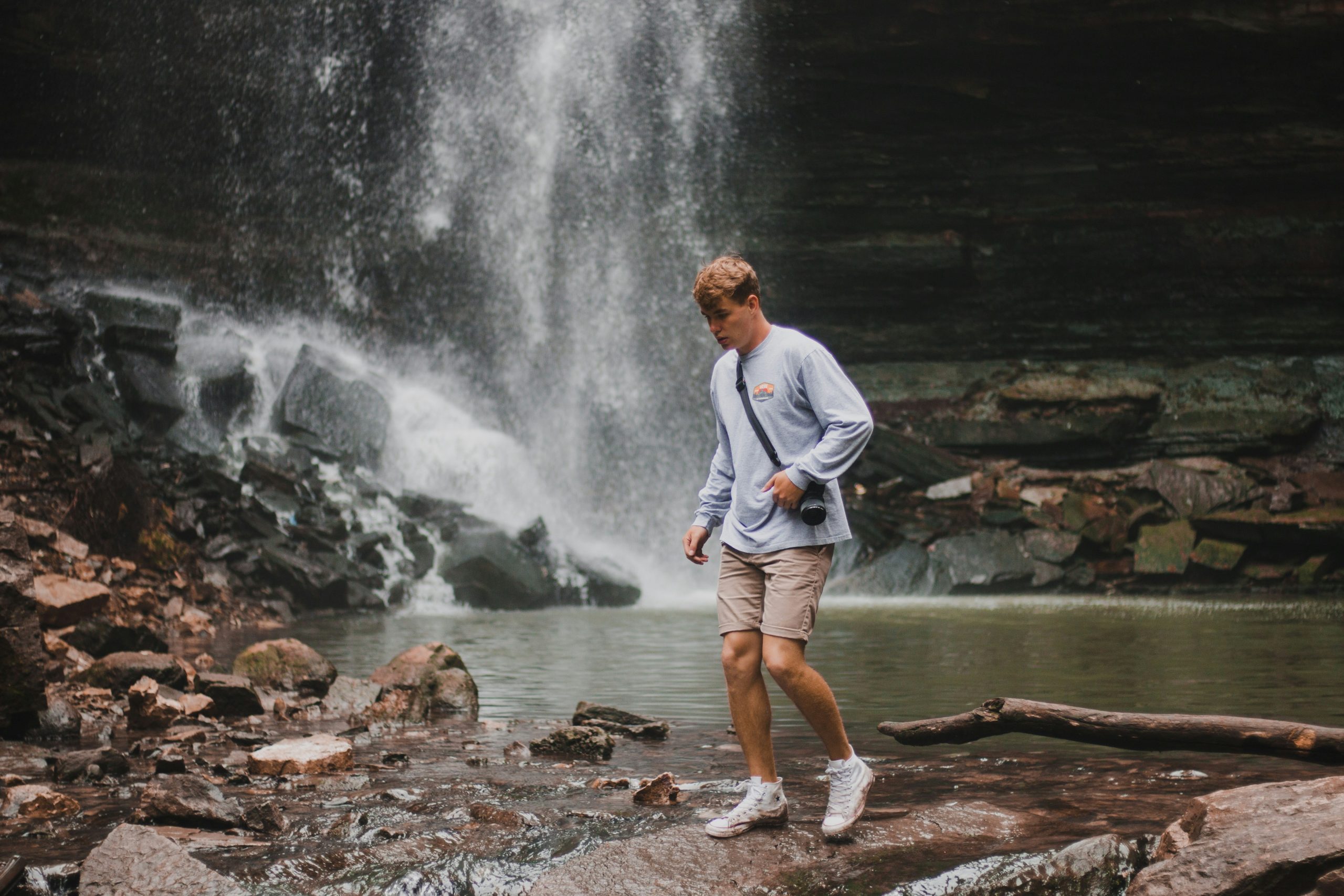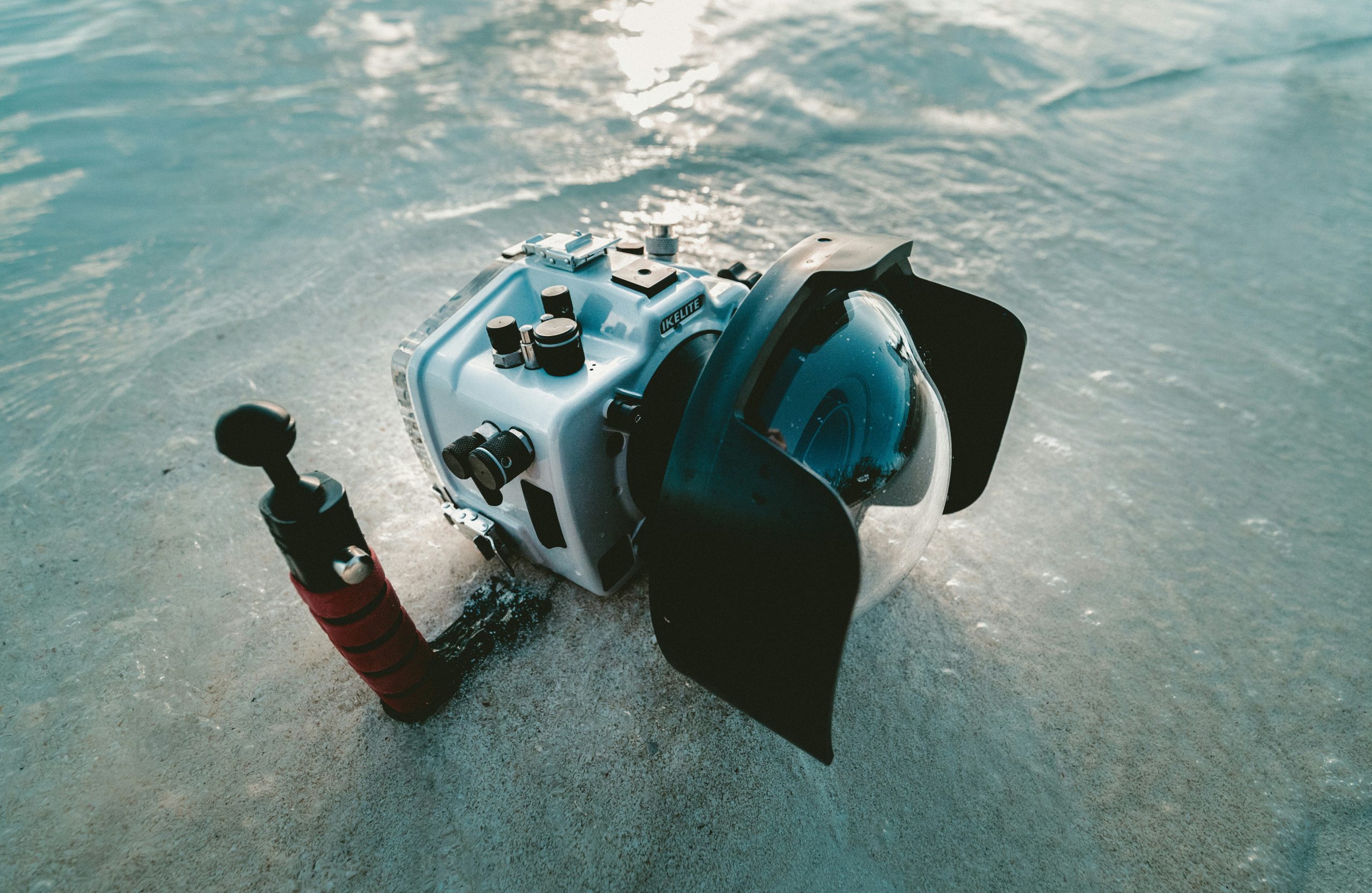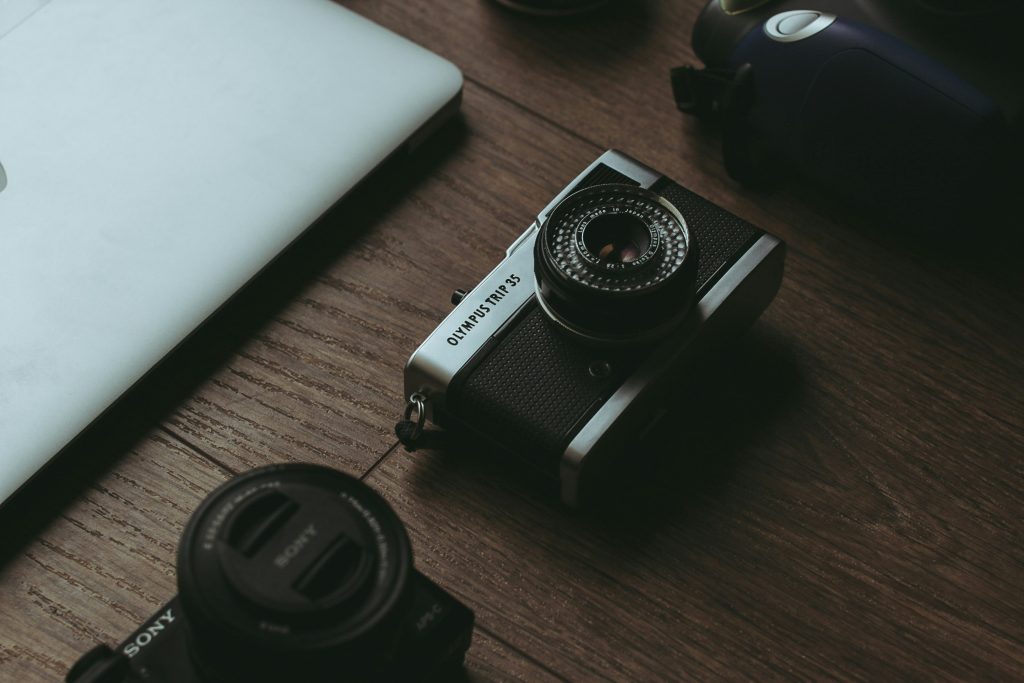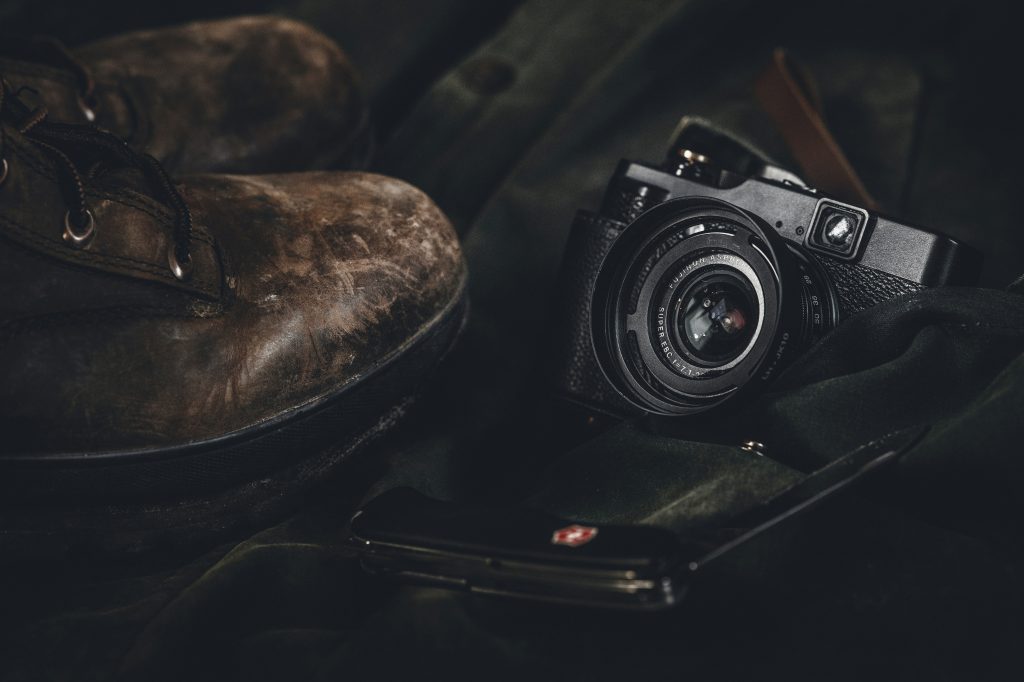Ever had your camera stop working mid-hike because of a surprise rainstorm? Yeah, us too. One moment you’re snapping stunning shots of a waterfall, and the next—kaput. It’s not just frustrating; it’s a total mood killer. Waterproof camera cases can save the day (and your gear), so let’s dive into why they’re essential for outdoor enthusiasts.
In this guide, we’ll cover everything from “why waterproofing matters” to “how to pick the perfect case,” including tips, FAQs, and even some horror stories from hikers who skipped this crucial step. Buckle up—it’s about to get soggy but educational!
Table of Contents
- Key Takeaways
- Why Waterproof Cameras Matter
- How to Choose the Right Case
- Tips for Using Your Waterproof Case
- Real-Life Disaster Stories
- Frequently Asked Questions
Key Takeaways
- Waterproof camera cases protect expensive gear during hikes, rain or shine.
- Different environments require different levels of protection—choose wisely!
- Optimist You says: Always double-check seals before heading out. Grumpy You says: Do it unless you hate money.
Why Waterproof Cameras Matter

Ah, nature. So beautiful, yet so unpredictable. Whether you’re documenting misty mountain trails or capturing candid moments by riverside campsites, water is everywhere. And while you might think your $1,000 DSLR is invincible, one drop of moisture will prove you wrong faster than you can say “waterproof camera cases.”
Consider my own embarrassing fail: I once spent an entire weekend editing videos only to realize halfway through that my GoPro footage was ruined due to condensation inside its flimsy plastic pouch. Lesson learned? Invest in quality gear, people.
Nasty Truth Alert:
That affordable “splash-proof” bag won’t cut it when facing torrential downpours. If you plan on getting close to waterfalls, kayaking, or venturing anywhere humid, go full-on waterproof. No ifs, ands, or wet butts.
How to Choose the Right Case
Picking a waterproof camera case doesn’t have to feel like navigating a labyrinth of options. Here’s how to do it:
Step 1: Know Your Gear Size
Does your camera fit snugly without pressing buttons accidentally? A good waterproof case should act as armor—not a vise grip.
Step 2: Assess IP Ratings
Protip: Look for IPX ratings, which measure water resistance. Anything below IPX7 means “Prepare for disaster.” Opt for IPX8 if you want peace of mind.

Step 3: Test Seals Like Your Life Depends On It
This isn’t optional. Close the case, press around edges, and ensure there are zero gaps. Think of it as zipping up your tent—you don’t skip corners here either.
Grumpy Optimist Dialogue:
Optimist You: “Oh, the seals look fine!”
Grumpy You: “Do you wanna cry over dead pixels later? CHECK THEM AGAIN.”
Tips for Using Your Waterproof Case
- Desiccant Packs Are Your Friends: Toss silica gel packets inside to absorb humidity.
- Carry a Towel: Even waterproof cases need drying after use.
- Avoid Extreme Temps: Don’t leave your camera baking in direct sunlight—it could cause internal condensation.
Rant Section:
Let me vent for a sec. Why does no one talk about cleaning these things? Dirt builds up in crevices, ruining their effectiveness. Seriously, give your case a spa day every now and then. Soap + water = happy case.
Real-Life Disaster Stories
Here’s what happens when hikers neglect waterproofing:
- Jenna’s tale: Her phone drowned in river rapids because she trusted a cheap ziplock bag instead of investing in proper waterproofing. RIP Instagram story potential.
- Luke’s blunder: He submerged his action cam in a lake to film fish…only to discover the case wasn’t rated for depths beyond three feet. The poor guy cried silently all hike home.
Frequently Asked Questions
Are DIY Waterproof Methods Safe?
Short answer: Meh. Duct tape and sandwich bags? Chef’s kiss disaster waiting to happen. Stick to tested products unless you enjoy lottery-style outcomes.
What About Underwater Photography?
Go hard or go home. Specialized underwater housings exist for snorkeling/freediving needs—they’re bulkier but worth it.
Can Waterproof Bags Replace Cases?
Nope. They offer storage, not active protection against splashes or submersion.
Conclusion
Hiking with a waterproof camera case transforms fear into freedom. Suddenly, puddles become photo ops, and drizzle feels dreamy—not disastrous. Remember to choose wisely, maintain regularly, and never underestimate Mother Nature’s ability to wreak havoc.
Before we part ways, here’s a haiku for ya:
Rain may fall like tears, But your camera stays strong— Nature laughs, you win.
Like a Tamagotchi, your hiking tech deserves daily love. Now go forth and capture those adventures responsibly!


